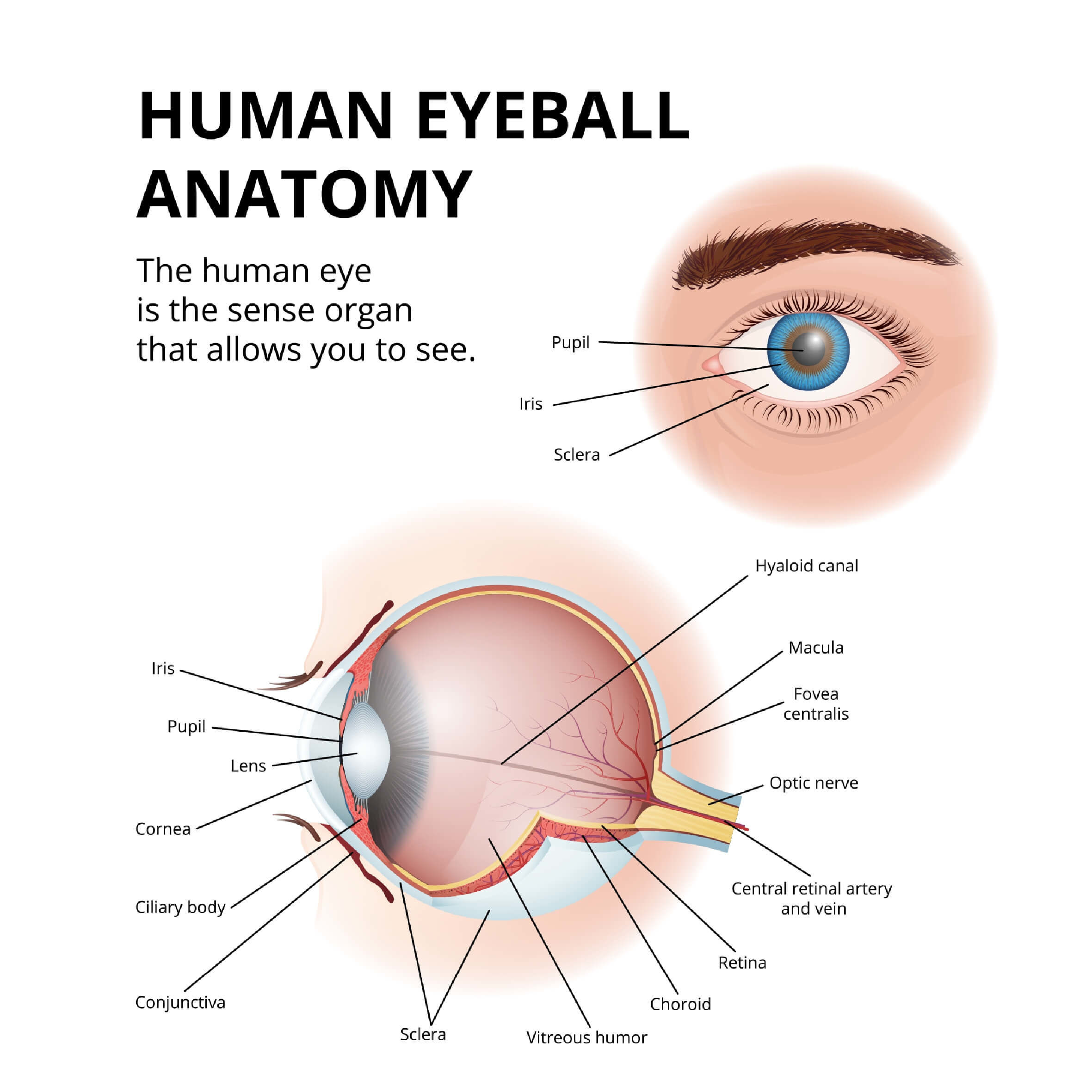
A cataract is when your eye's natural lens becomes cloudy. Proteins in your lens break down and cause things to look blurry, hazy or less colorful.

Glaucoma is a disease that damages your eye’s optic nerve. It usually happens when fluid builds up in the front part of your eye. That extra fluid increases the pressure in your eye, damaging the optic nerve.
Age-related macular degeneration (AMD) is a problem with your retina. It happens when a part of the retina called the macula is damaged.
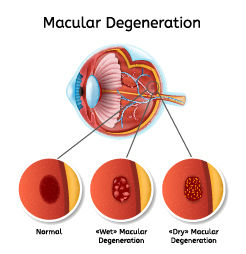
Diabetic eye disease is a term for several eye problems that can all result from diabetes. Diabetic eye disease includes:
-diabetic retinopathy,
-diabetic macular edema,
-cataract, and
-glaucoma.
A detached retina is when the retina lifts away from the back of the eye. The retina does not work when it is detached, making vision blurry. A detached retina is a serious problem. An ophthalmologist needs to check it out right away, or you could lose sight in that eye.
Pink eye (often called conjunctivitis) is when the conjunctiva is irritated by an infection or allergies. Your eyes are red and swollen (inflamed), and sometimes they have a sticky discharge. You can have conjunctivitis in one or both eyes. Some types of pink eye are very contagious (easily spread from person to person).
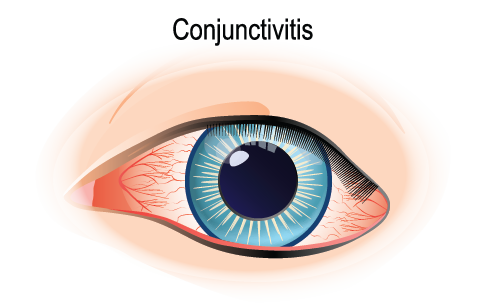
Blepharoplasty (BLEF-uh-roe-plas-tee) is a type of surgery that removes excess skin from the eyelids. With age, eyelids stretch, and the muscles supporting them weaken. As a result, excess skin and fat can gather above and below your eyelids. This can cause sagging eyebrows, droopy upper lids and bags under the eyes.
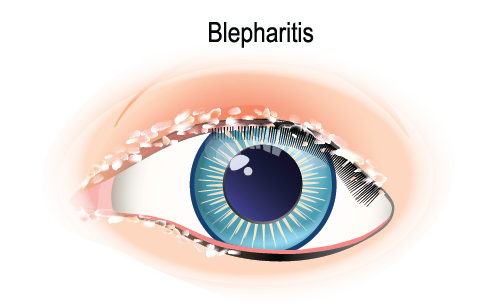
Pinguecula and pterygium are growths on your eye’s conjunctiva, the clear covering over the white part of the eye.
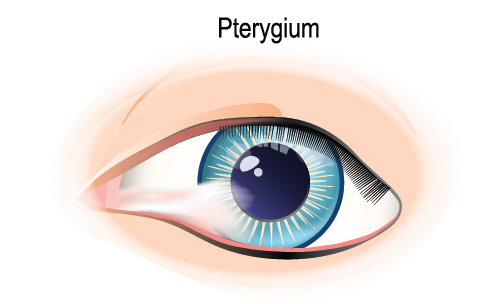
Our eyes need tears to stay healthy and comfortable. If your eyes do not produce enough tears, it is called dry eye. Dry eye is also when your eyes do not make the right type of tears or tear film.
Uveitis occurs when the middle layer of the eyeball gets inflamed (red and swollen). This layer, called the uvea, has many blood vessels that nourish the eye. Uveitis can damage vital eye tissue, leading to permanent vision loss.
Styes and chalazia are both lumps in or along the edge of an eyelid. Sometimes it may be hard to distinguish between a chalazion and a stye.
Giant cell arteritis (GCA) is an inflammation (swelling) of the arteries, which are the blood vessels that carry blood away from the heart.
Arteries and veins carry blood throughout your body, including your eyes. The eye’s retina has one main artery and one main vein. When branches of the retinal vein become blocked, it is called branch retinal vein occlusion (BRVO)
Protecting your eyes from injury is one of the simplest things you can do to keep your vision healthy throughout your life.

